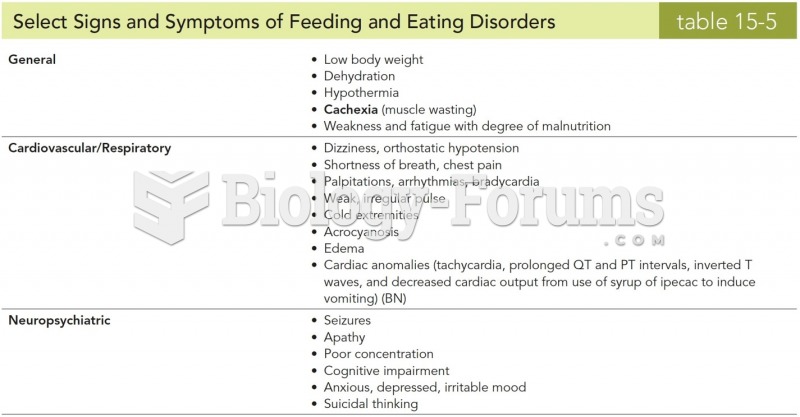Answer to Question 1
ANS: A, B
Persons with factitious disorders, self-directed type, typically have a history of multiple hospitalizations and medical workups, with negative findings from workups. Sometimes they have even had multiple surgeries seeking the origin of the physical complaints. If they do not receive the desired response from a hospitalization, they may elope or accuse staff of incompetence. Such persons usually seek treatment through a consistent health care provider rather than doctor-shopping, are not motivated by financial gain or other external incentives, and present symptoms in a very detailed, plausible manner indicating considerable understanding of the disorder or presentation they are mimicking. See relationship to audience response question.
Answer to Question 2
ANS: B, D, E
Factitious disorder by proxy is a rare condition wherein a person intentionally causes or perpetuates the illness of a loved one (e.g., by periodically contaminating IV solutions with fecal material). When this disorder is suspected, the child's life could be at risk. Depending on the evidence supporting this suspicion, interventions could range from minimizing unsupervised visitation to blocking visitation altogether. Frequently checking on the child during visitation and minimizing unobserved access to the child (by encouraging small group visits) reduces the opportunity to take harmful action and increases the collection of data that can help determine whether this disorder is at the root of the child's illness. Detailed tracking of visitation and untoward events helps identify any patterns there might be between select visitors and the course of the child's illness. Increasing private visitation provides more opportunity for harm. Educating visitors about aseptic techniques would not be of help if the infections are intentional, and preventing inadvertent contamination by the child himself would not affect factitious disorder by proxy.







